Feeding & Attracting Wildlife
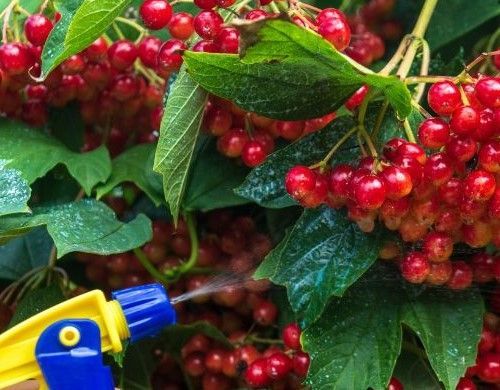
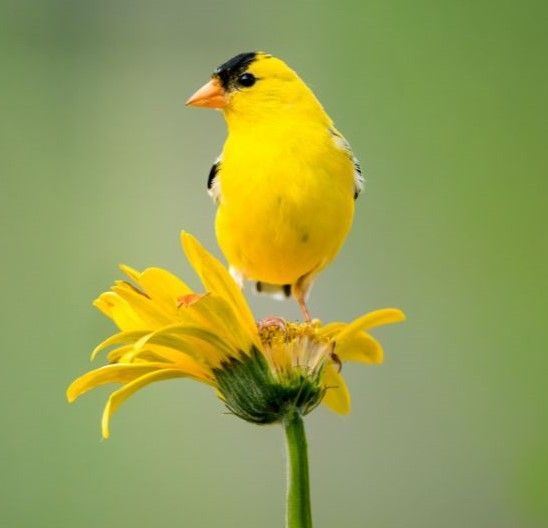
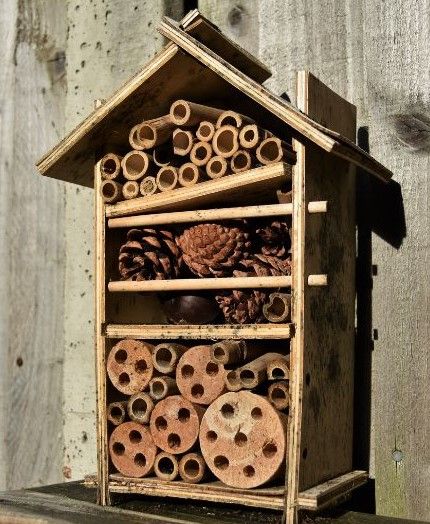
or
Browse by Topic:
or
Browse by Topic:




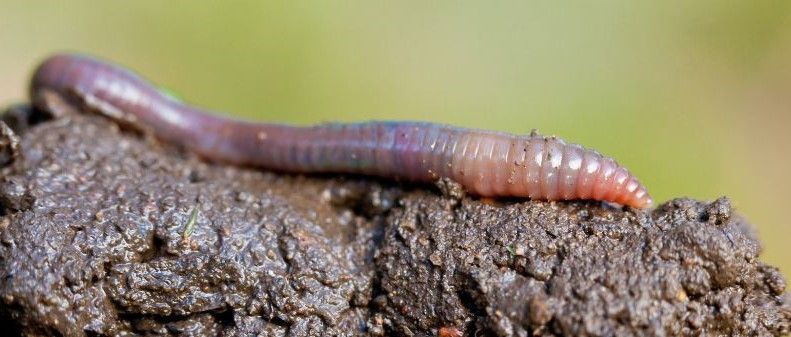
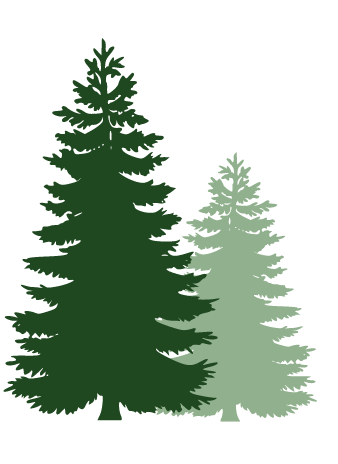
Get our latest articles, delivered right to your inbox. No spam, ever.
Thank you for signing up!
You should receive a welcome email shortly. Our newsletters go out on the first of every month, so stay tuned!
Oops, there was an error.
Please try again later.
Thank you for signing up!
You should receive a welcome email shortly. Our newsletters go out on the first of every month, so stay tuned!
Oops, there was an error.
Please try again later.

Get our latest articles, delivered right to your inbox. No spam, ever.
Thank you for signing up!
You should receive a welcome email shortly. Our newsletters go out on the first of every month, so stay tuned!
Oops, there was an error.
Please try again later.
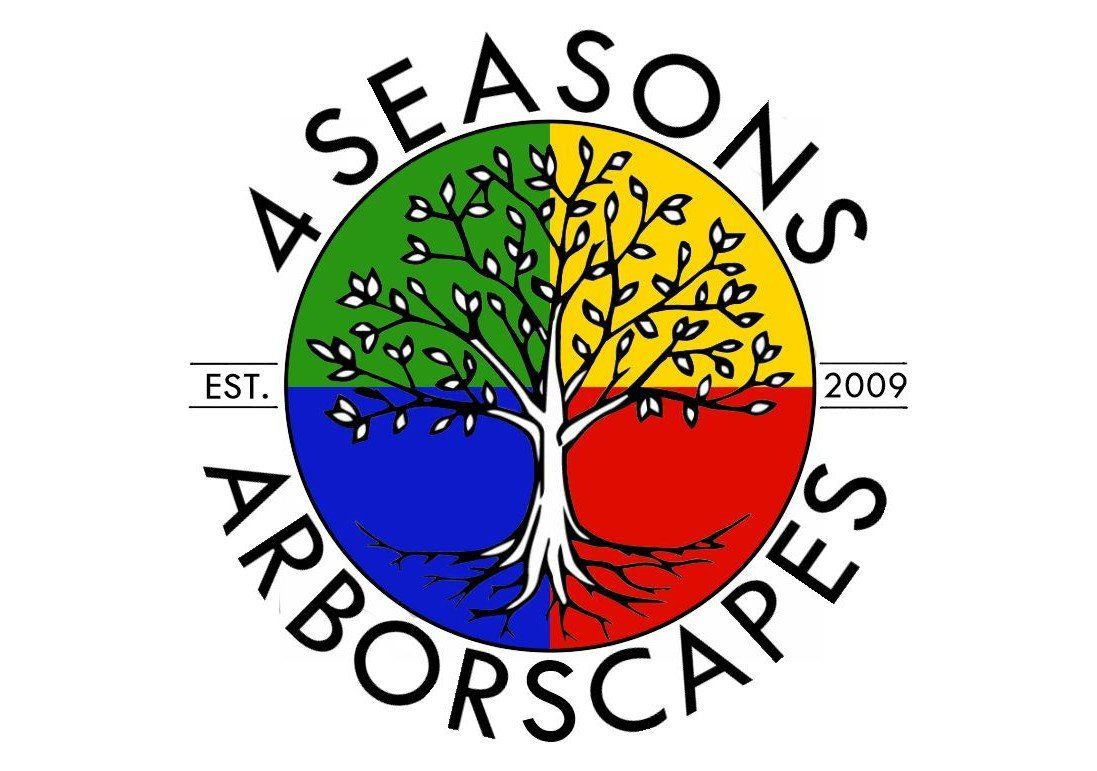
Thank you for reaching out. A member of our staff will be in touch with you shortly.
Oops, there was an error sending your message. Please try again later.

Thank you for reaching out. A member of our staff will be in touch with you shortly.
Oops, there was an error sending your message. Please try again later.
WHAT WE DO
WHO WE ARE
Join the Tree Society newsletter
Get monthly articles on the latest in the tree care industry, curated by people deeply passionate about environmental stewardship.
WHAT WE DO
RESOURCES
Join the Tree Society newsletter
Get monthly articles on the latest in the tree care industry, curated by people deeply passionate about nature. Plus, local events and DIY projects.